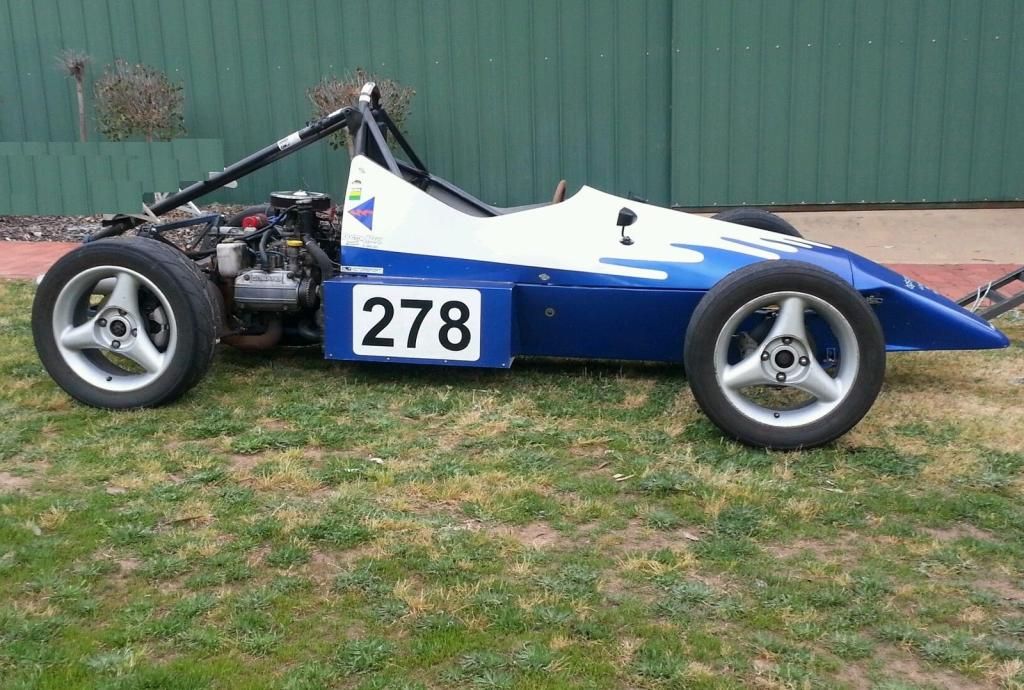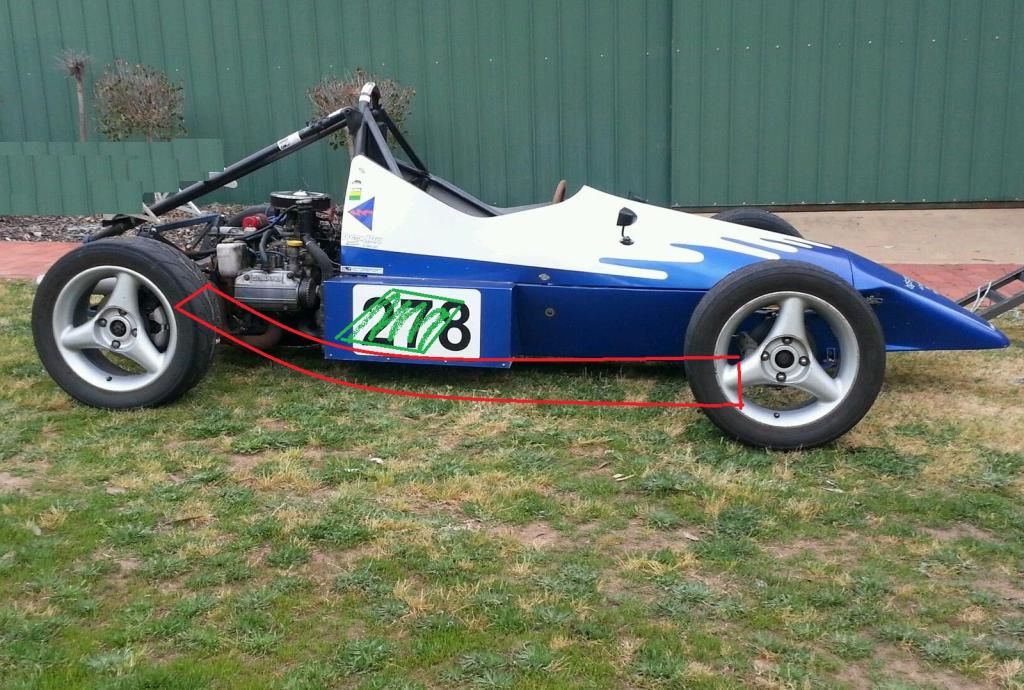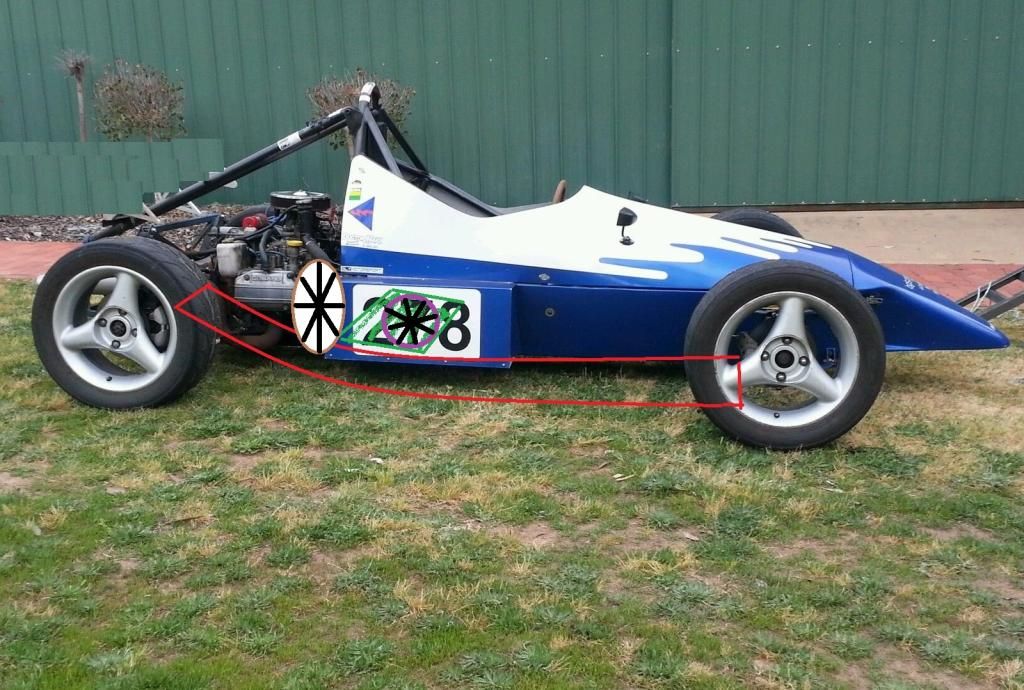Hi,
I'm new to F1Techncial. I have a small open wheeler, weighing ~500kgs with me in it. I have tuned the suspension (I realize I must increase the freq of the springs to allow for aero), and I want more from the setup, so I have read some Katz and McBerath, and become very interested in aero!
I'm interested in producing GE with side pods similar to the Lotus 79-80, incorporating the closed in wheels that Williams had. The angles I can guess from the pictures of the Lotus, and I will adjust these angles based on Track testing.
The part I need help with is I would also like to use the main/centre chassis underbody as a fan vacuum similar to the Brabham BT46. The main chassis size is just 2000x1000mm. I have a method of sealing the underside (similar to the 2J), My major question (and my weakness) is on calculations.
I have been looking at fans that can do this, but I do not know how to calculate the negative pressure that they can produce over the main chassis distance. Any help on the calculations would be appreciated!
From my research, I think a hovercraft fan would be easiest and most appropriate to use.
Thrust fans are designed to move the air at high speed with low pressure, where as a lift fan is designed to move the air at a slower speed with higher pressure. Using a thrust fan for lift only will likely cause the fan to stall due to the extreme blade angle. Combined Thrust / Lift fans are used for this purpose to satisfy both conditions in the beach craft.
So if I understand this right I want a lift fan. So I am considering using 2 x 22” fans ~@10hp each. The trick is to get the correct volume AND negative pressure, I just dont know how to calculate this.
Fan information:
22" Type 4 Fan with 5 fiberglass-reinforced polyamide blades. Blade pitch is adjustable. 3600 rpm produces 7,900cfm air flow at a static pressure of 4 inwg. requiring 9.2 hp @ 25 degrees blade pitch, or 10,200 cfm @ 30 degrees blade pitch requiring 12.3 hp; or 12,600 cfm @ 35 degrees blade pitch requiring 16.3 hp; or 14,300 cfm @ 40 degrees blade pitch requiring 20.6 hp; or 15,600 cfm @ 45 degrees blade pitch requiring 25 hp. Wt. 8 lbs.
OR
22" Type 3 Fan with 8 fiberglass-reinforced polyamide blades. Blade pitch is fixed. 3600 rpm produces 5,220 cfm air flow at a static pressure of 4 inwg. requiring 6 hp @ 25 degrees blade pitch, or 7,440 cfm @ 30 degrees blade pitch requiring 8.5 hp; or 10,300 cfm @ 35 degrees blade pitch requiring 14 hp; or 12,000 cfm @ 40 degrees blade pitch requiring 24 hp; or 14,800 cfm @ 45 degrees blade pitch requiring 20 hp. or 16,200 cfm @ 50 degrees blade pitch requiring 24 hp. Wt. 5 lbs.
Any help would be MUCH appreciated!
- Login or Register
No account yet? Sign up



